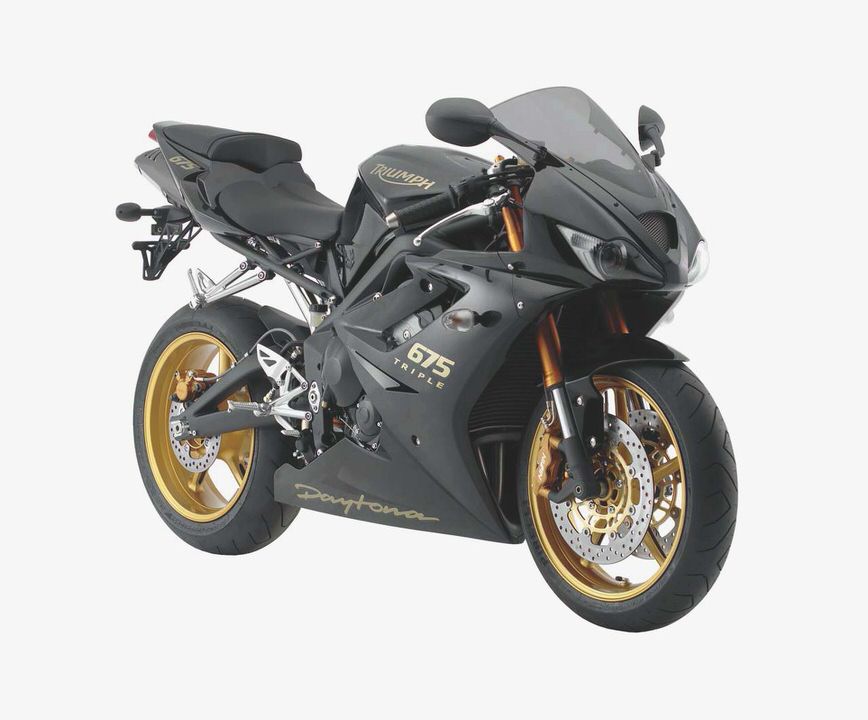
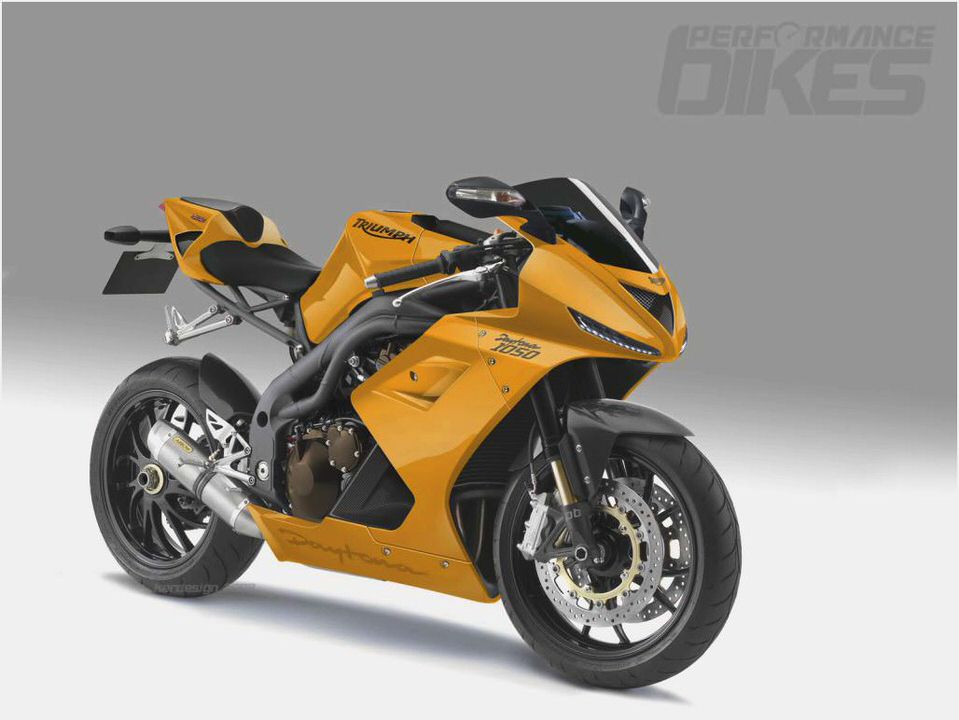
2006 Triumph 1050 Speed Triple Comparison
One of the quintessential streetfighters, the Speed Triple, was revamped in 2005 with a larger 1050cc three-cylinder engine. Like the Duc and MV, the Triumph has a single-sided swingarm but costs thousands less.
Triumph 1050 Speed Triple
Bargain Hooligan
MSRP: $9999
Yes, that number above is the only one in this group with four digits. The coupon clippers among you have probably already ciphered that the Speed Triple is 45% less costly than the Brutale. No adjustable footpegs here, but at least it has a shock that a rider can adjust for compression damping, unlike the MV and Aprilia.
And let’s not forget that Triumph’s much loved Speed Triple is one of the progenitors of the streetfighter class. It debuted back in 1994 with a single round headlight and clip-on-style handlebars. Triumph’s S3 then achieved cult status after the 1998 introduction of the dual bug-eye headlights and motocross-style handlebar that live on to this day.
In 2005, Triumph upgraded again to create the 1050cc Speed Triple we see here.
Styling highlights include the curvaceous aluminum frame tubes, the single-sided swingarm that, together with high-mount exhaust cans, flaunts an attractive double 5-spoke wheel. Taking a cue from aftermarket streetfighter movement, Triumph has given the S3 the most abbreviated rear end we’ve seen on a stock bike. The pillion end of the seat ends not far beyond the rear axle, and the dual mufflers tucked under it are even shorter.
At first I was put off by its simple and stubby design, says designer dude BC. But after a few days of getting used to it and researching the other color options, the Triple began to grow on me.
A rider feels a plusher sportbike from the moment a leg is first thrown over the Trumpet. The seat is softer and thicker (and higher), and hands fall naturally to the chrome handlebar.
Those in the market for a fast, sporty and comfortable naked will be well served by the Trumpet. Both the dual headlights and the rope-like aluminum frame are styling touches unique to the Speed Triple.
Riding the Triumph on the street was a pleasure, Becklin allows. I could be very happy riding the big Triple under everyday riding conditions.
A comfortable reach to the high-set bars and a plush seat make the Triumph the perfect choice for commuting or long rides, Chamberlain adds. Peg placement is also very relaxed in comparison to the other bikes tested and they were always the earliest to drag.
We’ve been longtime proponents of three-cylinder motors, so we were expecting good things from the extra 95cc of the 1050 version. It’s no doubt still one of the coolest street engines around, but we’d hoped for more than a couple of horses boost over the 955cc version. Still, there is a torque bonus from this stroker mill, and it handily outperforms the Italian Twins below 8000 rpm.
I know why Triumph is sticking by its guns with these Triples: They rock! Kenny raves. Although it didn’t steal the show, it certainly was the highlight of the Triumph riding experience.
It sounds awesome and pulls like a mother.
I was impressed with the Triple’s motor, adds DB, a Triple owner himself with his Daytona 675. It has a great sound combined with forgiving power characteristics and decent pull.
As much as we enjoyed the Triple and its burbly blat on the overrun, we wondered to ourselves why the biggest engine put out the least horsepower and why it hits its rev limiter 1400 rpm sooner than the twin-cylinder Tuono. We also weren’t pleased with the most abrupt throttle response of the bunch. The other half of the powertrain, the transmission, scored worse.
The short-throw gearbox was twice described as notchy, and missed shifts weren’t uncommon in the hurried pace on the track.
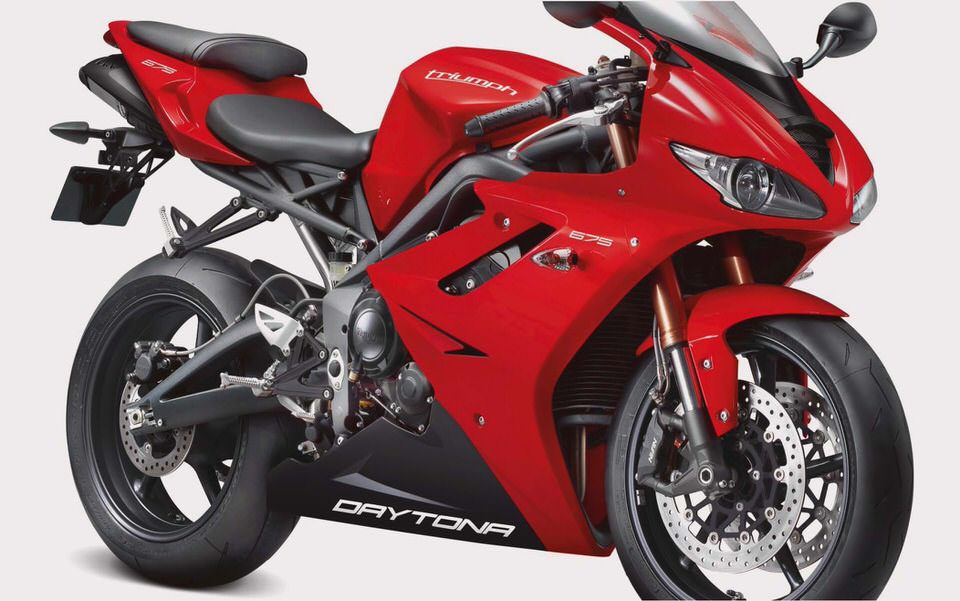
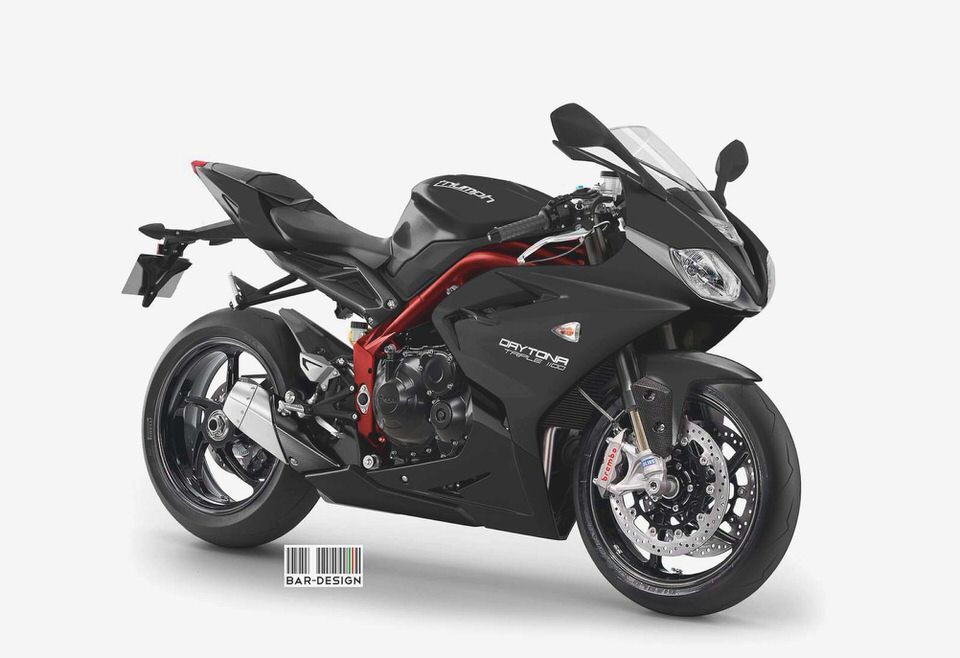
This shot is a nice example of how the Triumph’s gauges and headlight assembly seemingly float way out in front of the rider. The S3 feels good in the corners until it really starts getting its limits pushed.
In a normal riding environment, the Speed Triple excels with all a street rider needs, including possibly the best instrumentation of the group. The Triumph offers up the most smooth and unobtrusive ride if the bunch, says Kenny. The seat is very comfortable, the riding position is well suited for long stints, and there is not much in the way of vibration transmitted to the rider.
But start pushing the limits, as we did at Horsethief Mile, and the Speed Triple starts to show the limitations of its chassis. Its steering geometry – the most radical in this bunch at a rake of 23.5 degrees and just 84mm of trail – plays a role in its relatively sloppy front-end feel. And it’s not helped by the substantial 34 extra pounds it carries over the lightweight Ducati.
When pushed hard the chassis wiggles and flexes more than any of the other bikes here, Kenny cautions. On the track this took a while to get used to, but once you did it was capable of being ridden hard. The thing is it always felt sketchy to do so.
Our 2006 bike exhibited a couple of foibles that are said to be remedied in the ’07 models with the 1050 engine. Our bike would sometimes require cranking on the starter for several seconds before it would fire, for no apparent reason. The old software required 1.5 seconds of cranking before it fired, while the new Keihin ECU first used in the Daytona 675 is claimed to fire up in less than a half second.
The other problem we had with our test bike was a front brake lever that, despite what appears to be top-notch components like Nissin radial-mount calipers on 320mm rotors actuated through braided brake lines, require a ridiculous amount of lever travel before strong power is delivered. Triumph reportedly has a fix in the works.
Though the Triumph wouldn’t be our first choice of trackday tools, a smooth rider can cut some fairly quick laps, limited mostly by dragging footpegs.
The front brakes on the Triumph were maybe the mushiest units I have ever tried, Becklin lambastes. They would eventually bite but by that time the lever was on your fingers and your fright meter was typically on overload.
Looking at some of the non-flattering marks we gave the Speed Triple, it seems like we haven’t done this bike justice. It’s a much better streetbike than us spoiled motojournalists make it seem. Ridden on its own or by an average rider, the Trumpet won’t disappoint.
And let’s not forget that it undercuts the others in this test by a considerable $3000, which is enough to jet you and your honey away somewhere warm this winter.
I’d compare the Triumph Speed Triple to a pumped-up ’68 Ford Mustang, Becklin suggests. The thing has a strong motor that encourages you to push the machine past its handling capabilities. But if you use your head and listen to the vehicle, you’ll have a great time on the open road.
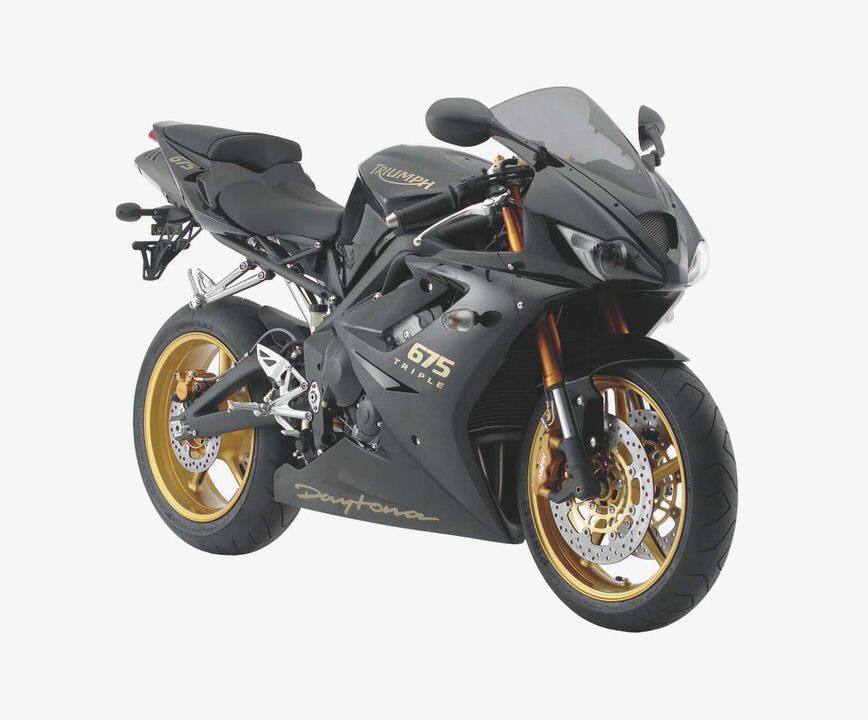
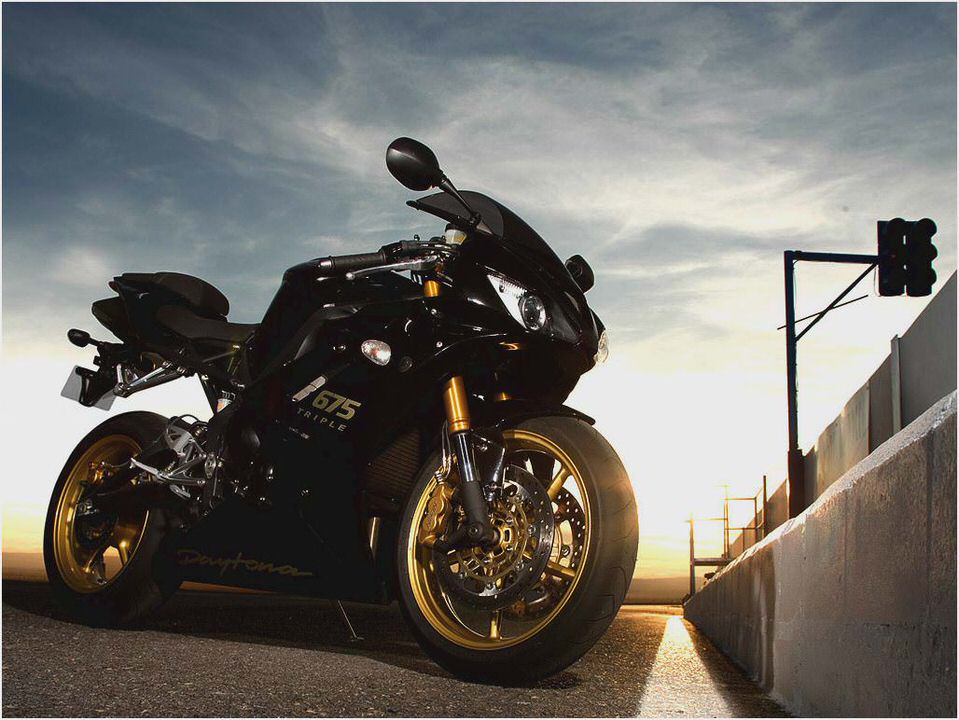
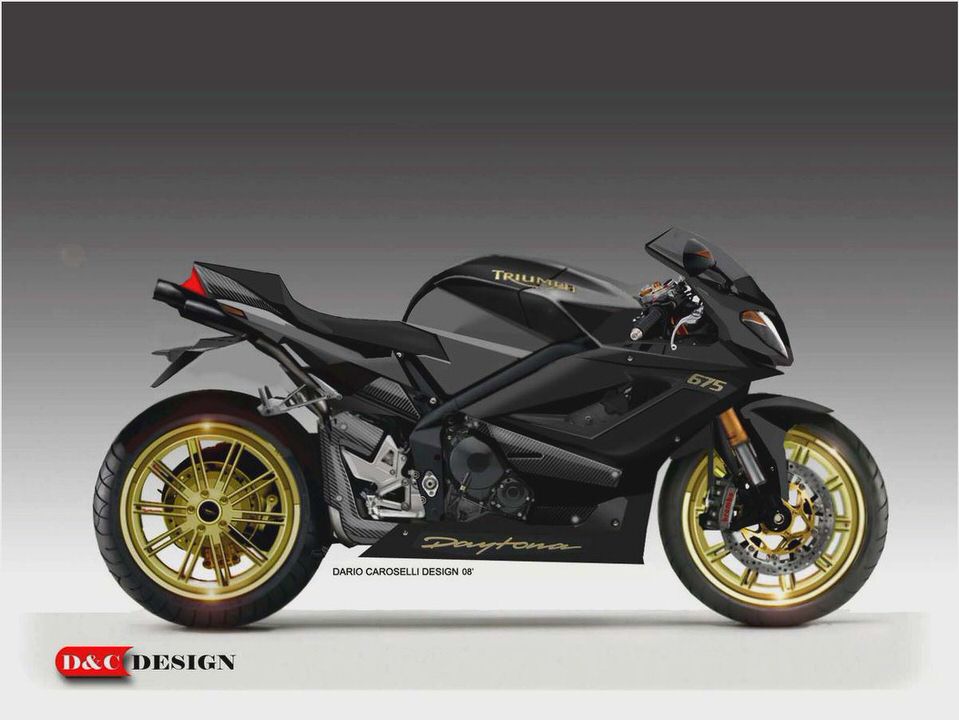
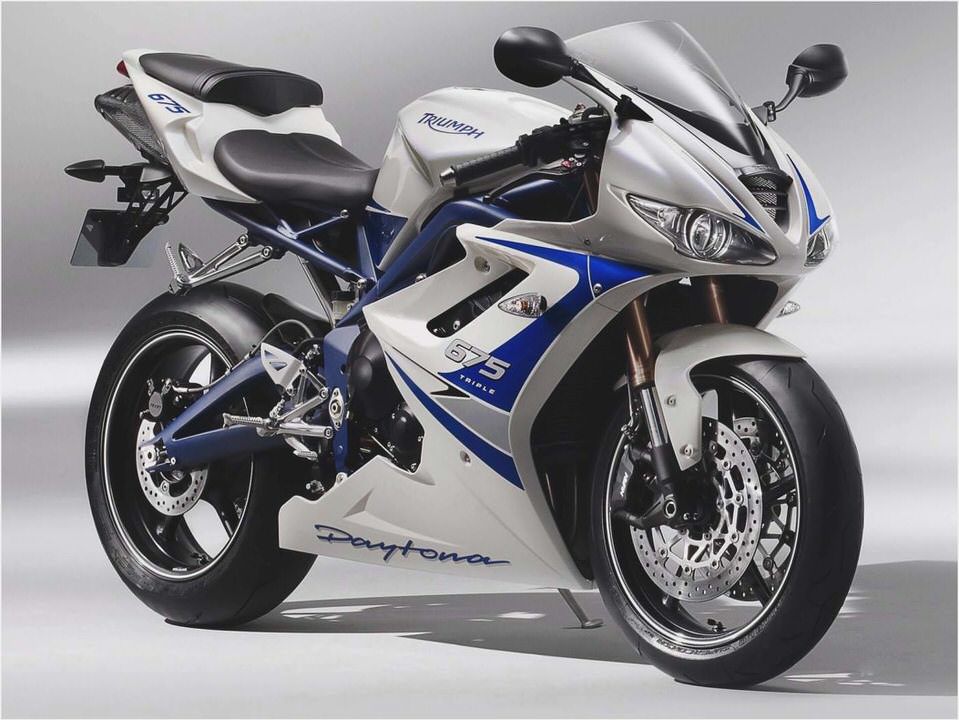
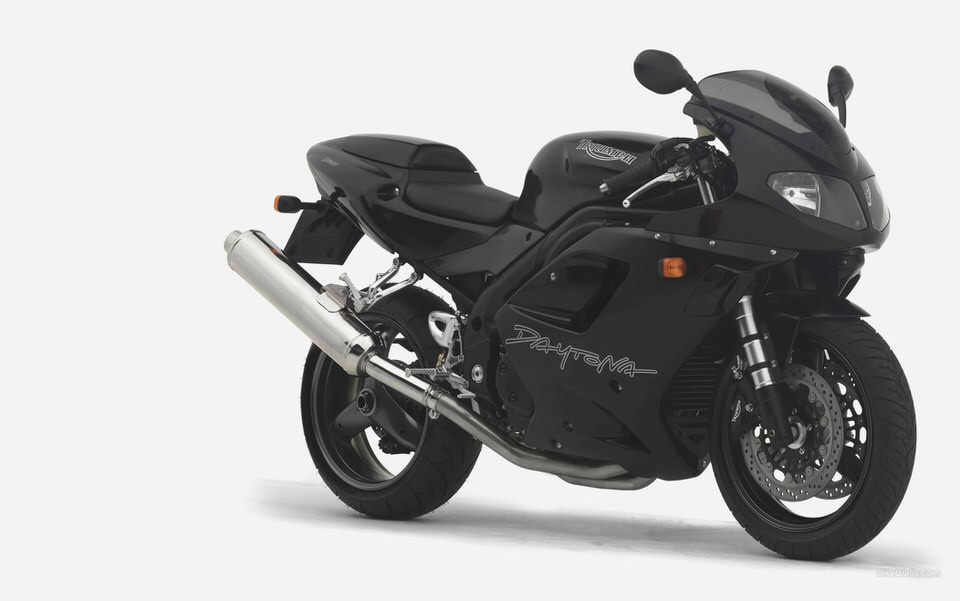
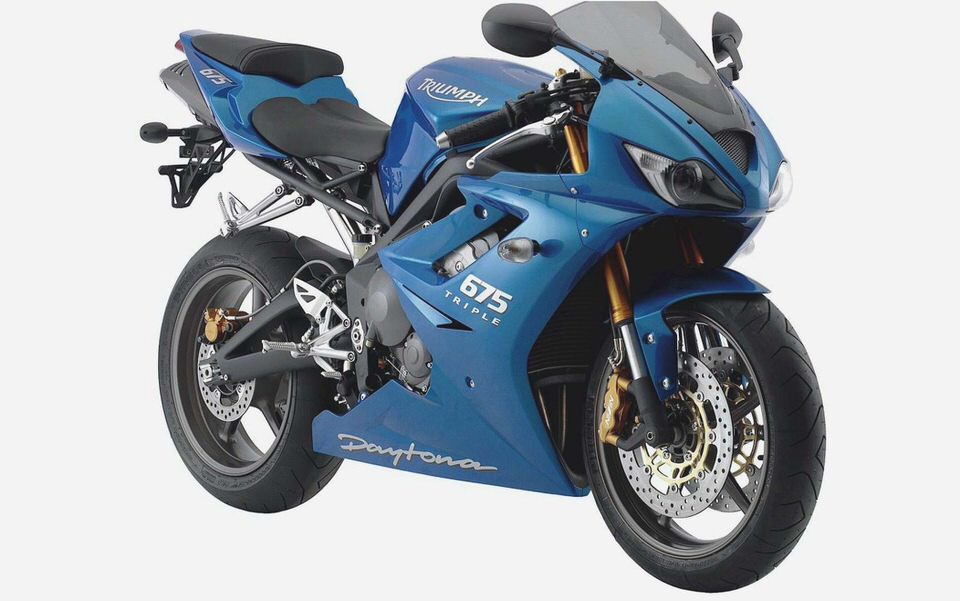


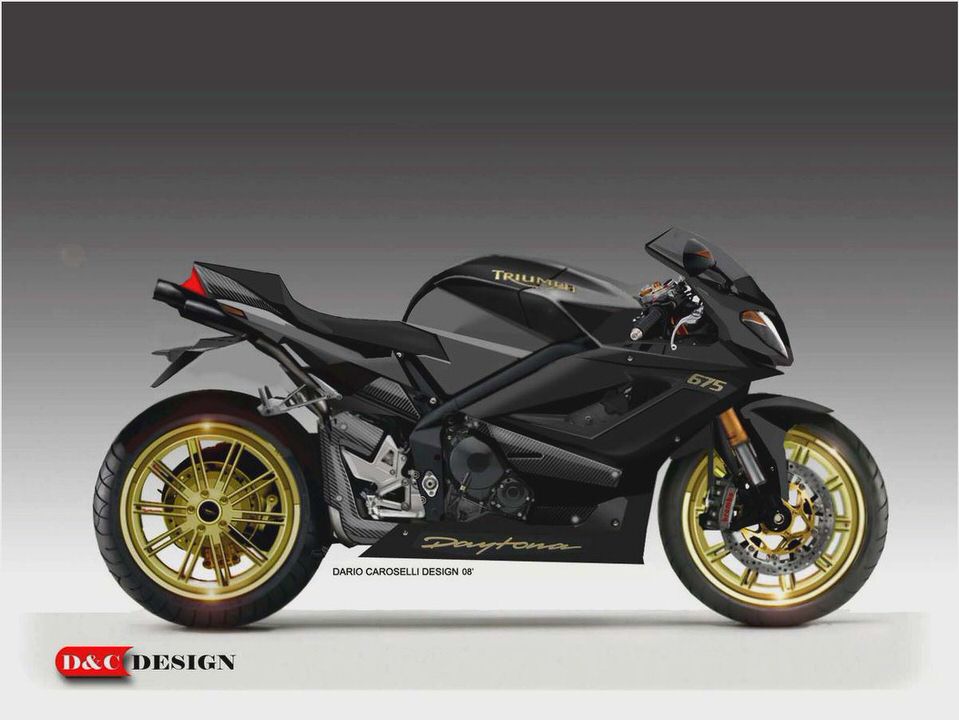
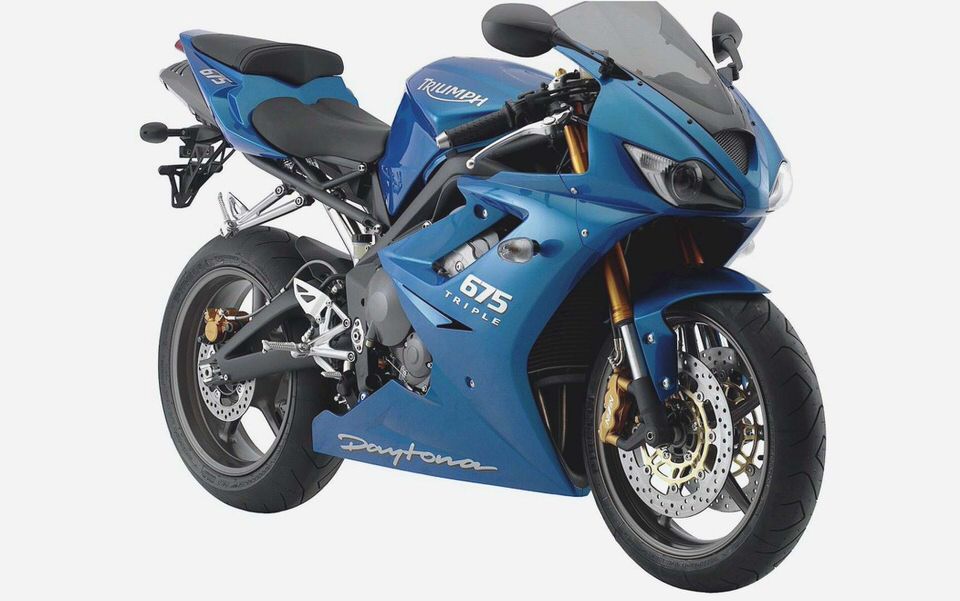
- 2012 Triumph Sprint GT Reviews and Specs 2013 2014 Motorcycle Review and News
- 2011 Triumph Thunderbird Storm Road Test Rider Magazine Reviews
- Triumph Daytona 675 India – First Look Review – Indian Cars Bikes
- Triumph Scrambler Problems eHow
- 2009 Triumph Bonneville SE First Ride – Motorcycle USA

